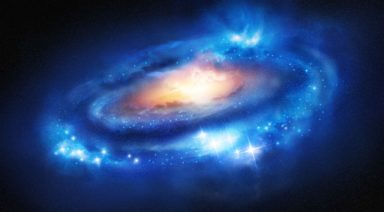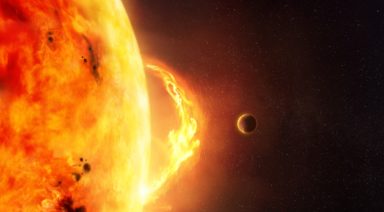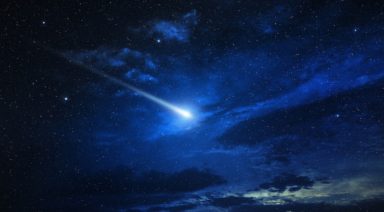NASA’s Curiosity Rover May Have Found Fossils on Mars
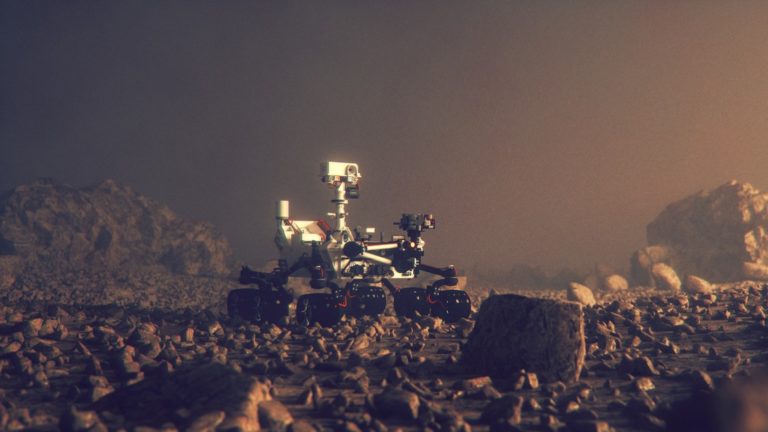
For years, theorists have suggested that Mars once contained the necessary requirements to support life. Now, NASA’s Curiosity rover may have finally found indication of this from images showing what appear to be fossilized microbial structures.
Over the past five and a half years, NASA’s Curiosity rover has been mapping and imaging the Martian surface to gain more insight on the dusty planet. In addition to snapping pictures, the nomadic vehicle has been searching for signs of water, while also determining the viability for human colonization.
Scientists know that water once flowed on Mars and have been on a quest to discover whether it still does to this day. Aside from ice caps on the Martian poles, evidence of water in Mars’ past can be seen in dried lake beds, gullies, and what was once a large ocean in the planet’s topography.
In recent images of the Gillespie Lake outcrop, in the Yellowknife Bay area, Curiosity sent back pictures of small stick-like formations in a segment of sedimentary rock. To the untrained eye these formations might not appear to be much, but to a microbiologist who has studied microbially induced sedimentary structures (MISS), the pictures seem to have some profound implications.
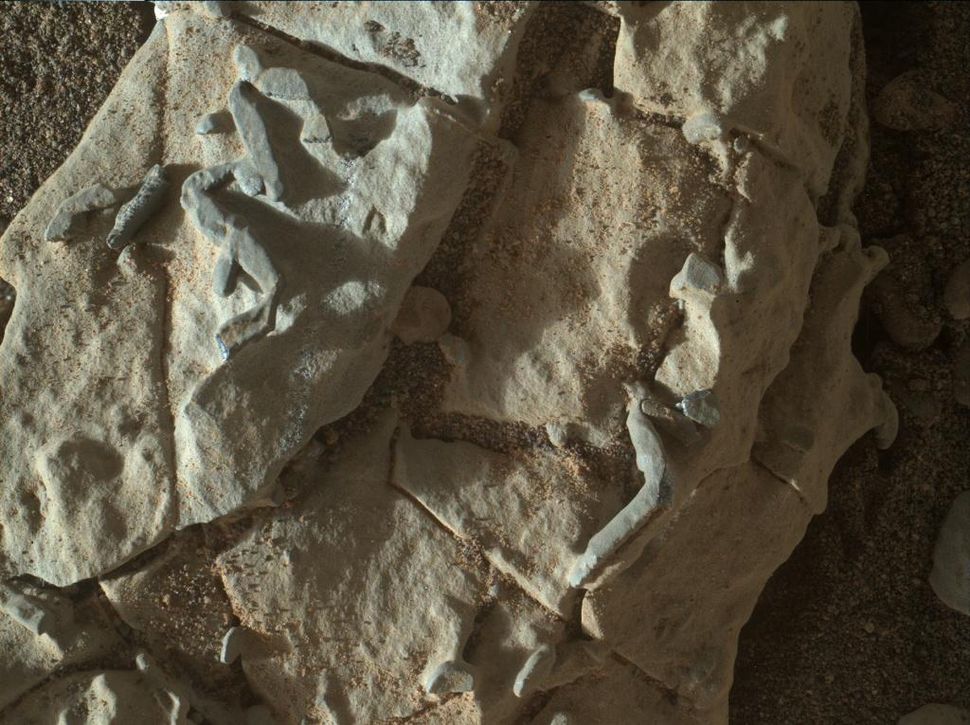
Nora Noffke of Old Dominion University in Virgina meticulously compared the photo to instances of MISS on Earth and published a paper that has intrigued scientists at NASA. Though she’s hesitant to make any definitive claims, her paper provides some of the best evidence to date for indications of past lifeforms.
The stick-shaped markings aren’t actually considered to be fossils of microorganisms themselves, but rather fossils of their imprints.
Some have contested that these tubular markings are more likely crystals, rather than the footprint of microorganisms. In either case, the finding shows that the area once consisted of a body of water that had the elements needed to support life.
NASA is planning on sending another rover to Mars in 2020 that is nearly identical to Curiosity, with the goal of strictly searching for signs of previous life. Once collected, samples will be sent back to Earth from a small rocket deployed from the rover.
Scientists have recently found other signs of life on the red planet, including fluctuating levels of methane in the atmosphere. Some have proposed the idea that this gas may be coming from life below the surface.
On Earth, methane is produced from bacteria, primarily in the stomachs of animals and humans. Could there be bacteria, or life containing bacteria, producing that methane below the Martian surface?
Randy Cramer: Soldier of The Mars Defense Force

Randy Cramer’s life experiences are either incredible or absurd. He reports that he spent 20 years as a Marine in the U.S. Secret Space Program (SSP). His tour of duty took him first to an elaborate, secret, fully-equipped base on the moon. Then, he went to Mars where he spent 17 years at a military base. After a major loss of human lives during a battle between the military forces and native people of Mars, he was deployed back to the moon where he spent his final three years as a military pilot. He tells his story with vivid and captivating detail.
Randy Cramer: Space Traveler and Mars Colonist
Randy Cramer, who initially told his story under the pseudonym “Captain Kaye,” says he was only four years old when he began training for the SSP through a program called Project Moon Shadow. He was one of approximately 300 girls and boys who were “covertly drafted” to participate in the program. Girls comprised only 20 percent of the group, a male/female ratio that remained consistent during his entire 20 years with the SSP.
Cramer recalls that during his childhood, he would be taken from his bed at night. Even though he would be gone for days or even weeks, he would be returned to his bed and travel back in time to when he was taken. He would wake up as though no time had passed, feeling like he had just had a really, really long dream.
When he turned 17 in 1987, Cramer was involuntarily recruited to be part of the Mars Defense Force (MDF), whose purpose was to protect five civilian settlements already in existence on Mars.






